Also, do not ask for itineraries. Come up with your own itinerary and enlist forumers' help with checking and giving recommendations. We understand travelling in Japan is not easy especially if you are a first-timer but note that we discourage spoon feeding.
Version 1: https://forum.lowyat.net/topic/545818
Version 2: https://forum.lowyat.net/topic/2419732
Version 3: https://forum.lowyat.net/topic/2849282
Version 4: https://forum.lowyat.net/topic/3092421
Version 5: https://forum.lowyat.net/topic/3280981
Version 6: https://forum.lowyat.net/topic/3475412
Version 7: https://forum.lowyat.net/topic/3607047
Version 8: https://forum.lowyat.net/topic/3792838
Version 9: https://forum.lowyat.net/topic/4042871
Version 9.5: https://forum.lowyat.net/topic/4064197
Version 10: https://forum.lowyat.net/topic/4331381
Version 11: https://forum.lowyat.net/topic/4488171
Version 12: https://forum.lowyat.net/topic/4727698
Japan Travel Info - Updated by moderators:
Emergency Number to call in Japan:
110 - Emergency call to police
Call 110 to report an accident or crime to the police call center.
118 - Emergency call to coast guard
Call 118 to report an accident or crime at sea to the Japan Coast Guard.
119 - Fire, ambulance, emergency rescue
Call 119 to report a fire or to ask for an ambulance or rescue service or to contact an emergency call center (a fire station).
More details related to earthquake below #12.
Info from: https://www.tokyo-icc.jp/guide_eng/kinkyu/01.html
Malaysia Embassy in Japan:
Details of Embassy for Malaysians in case of a natural disaster, loss of passport/ identification documents or encounter problems with authorities in Japan.
Address: 20-16 Nanpeidai-cho, Shibuya-ku, 150-0036 Tokyo.
Telephone: +81-3-3476-3840
Email: mwtokyo@kln.gov.my
Work days: Monday - Friday 9.00 a.m - 12.30 p.m / 1:30 p.m - 5.00 p.m
Public Holidays: Saturday, Sunday & Public Holiday
Japan: Season & Weather
Spring / 春 (March to May)
The plum blossoms (“ume” / “梅”) bloom in late February, signaling that a welcome spring is around the corner. The mild spring season brings out Japan’s beautiful cherry blossoms (“sakura” / “桜”), which are enjoyed from late March through April throughout the country. By May, temperatures are comfortable and vegetation has grown lush.
Summer / 夏 (June to August)
Summer kicks off with the dreary rainy season (“tsuyu” / “梅雨”) from June to July, during which hydrangea (“ajisai” / “アジサイ”) blossoms can be seen shrouded in mist. This is followed by screaming cicadas (“semi” / “セミ”) and intense heat and humidity that peaks in August—watch out for mould. Spectacular, large-scale fireworks displays are held in the summer months throughout Japan.
Autumn / 秋 (September to November)
The transition into autumn is marked by typhoons and heavy rain, beginning in August and lasting until September. Weather cools pleasantly in October, and November weather is relatively dry and mild. Gorgeous red and golden leaves (kouyou 紅葉) such as Japanese maple and ginkgo can be enjoyed through early December.
Winter / 冬 (December to February)
December is the start of ski season, and Japan’s snow country regions are famous for deep and consistent powder snow conditions. In Tokyo, winter is cold, sunny, and dry, and the city experiences only a few days major of snowfall in January or February. Winter illuminations, marvelous spectacles of light displayed in cities, compensate for a lack of vegetation and short daylight hours.
Information quoted from: http://expatsguide.jp/basic-information/se...imate-of-japan/
1. Transportations
- Useful Link for Train Schedules & Plannings: http://www.hyperdia.com/
- Japan Rail Network, maps & fare: http://www.japan-guide.com/e/e2019.html
- Cheap 5 days unlimited ride via "Seishun Juhaici kippu" ticket (But no Express/Bullet train) http://www.japan-guide.com/e/e2362.html
- JR Passes: http://www.japanrailpass.net/en/
- Haneda Limousine Bus (Keihin Kyuko) for those reaching late night @Haneda - http://hnd-bus.com/route/nightmorningbus.html
- How to get to Tokyo after midnight: https://jprail.com/trains/sort-by-type/priv...-at-haneda.html (Others pls google)
- You can purchase JR Passes from JTB Malaysia: https://jtbmalaysia.com/japan-rail-pass/
Airport bus/ limo transfer for Tokyo and/or Kansai (recommended by pez):
https://www.airporttransfer.jp/
Tip on Shinkansen (bullet train) by sacwoc
QUOTE
If it is too big you can store it in the leg room as the space between seats are quite big. But then might be an uncomfortable ride. If you do get the last row there is space at the back of the seat. There are also shelves at the top but not sure if your luggage can fit in. However if you are travelling after May 2020 you will have a problem as the new rule about luggage will kick in.
https://matcha-jp.com/en/7887?type=news
https://matcha-jp.com/en/7887?type=news
2. How is the Usage of Credit Card in Japan? Is it widely accepted?
While Japan is a cash based country, Credit Card is commonly used in many places - from department stores, drugstores, taxis to convenient stores (yes, 7-11,Family Mart etc). So when do you need cash? In neighborhood restaurants, small shops, markets, and at (rural) ryokans, just to name a few. You will also need cash to pay for your train and bus ticket/ pass.
QUOTE
You’ll find that large shops, supermarkets and hotels accept credit and debit cards, as will most taxis. But smaller souvenir shops, neighborhood restaurants, local market stalls and traditional Japanese ryokan limit their transactions to cash. This is also the case for most guesthouses operated by private owners.
Read more on using credit card in Japan: https://www.finder.com/using-a-credit-card-in-japan
3. GUIDE: How much do I bring to Japan? Read more on using credit card in Japan: https://www.finder.com/using-a-credit-card-in-japan
Flight, accommodation and shopping aside, you can use the below as Guideline.
--> Transport
Common mode of transport: train, subway, bus
QUOTE
Narita to Tokyo: ~¥2,500
Tokyo to Narita: ~¥2,500
Per day Travel within Tokyo: ¥1,000
Each *Side Trip (eg. Odaiba, Mitaka, Yokohama, Toyosu etc): Add on ¥1,000 (for return trip)
For example: 7 days = estimated ¥7,000 (travel within Tokyo) + ¥2,000 (2 side trips) + ¥5,000 (airport transfer)
Total: ¥14,000
Tokyo to Narita: ~¥2,500
Per day Travel within Tokyo: ¥1,000
Each *Side Trip (eg. Odaiba, Mitaka, Yokohama, Toyosu etc): Add on ¥1,000 (for return trip)
For example: 7 days = estimated ¥7,000 (travel within Tokyo) + ¥2,000 (2 side trips) + ¥5,000 (airport transfer)
Total: ¥14,000
*Assumption from Shinjuku station to side trip locations.
*Side trip not inclusive of Hakone/ Fuji 5 Lakes, Kamakura, Nikko etc as those has packages to cater for it.
--> Food
There is the budget way and the luxury way; everyone have different spending pattern/ habit. We’ll look at something average (comfortable):-
QUOTE
Breakfast in Café + Drink: ¥600 (eg. in Doutor)
Lunch: ¥1,200 (drinks are given complimentary in restaurants)
Dinner: ¥2,000 (drinks are given complimentary in restaurants)
Additional - Snacks you buy from shopping streets etc : ¥500
Coffee/ tea time: ¥1,000
Estimated per day: ¥5,300
Estimated for 7 days: ¥37,100
Lunch: ¥1,200 (drinks are given complimentary in restaurants)
Dinner: ¥2,000 (drinks are given complimentary in restaurants)
Additional - Snacks you buy from shopping streets etc : ¥500
Coffee/ tea time: ¥1,000
Estimated per day: ¥5,300
Estimated for 7 days: ¥37,100
Budget way:
Lunch & Dinner – look for restaurants that serve food at below ¥1,000 per bowl/set or convenience stores bento/ food.
Shopping - own budget. A box of Shiroi Koibito costs between ¥800 - ¥3,000+. Simple keychain, luggage tag cost around ¥500 each. Will recommend souvenir shopping at Daiso (¥100 per item) and/or Don Quijote (short for Donki).
4. Learn Simple Japanese
http://japanese-phrases.sakura.ne.jp/
Some simple and common phrases to learn/ know:
» Click to show Spoiler - click again to hide... «
» Click to show Spoiler - click again to hide... «
5. General Sightseeing & Attractions
Majority of the information can be found on Japan-Guide.com http://www.japan-guide.com/e/e623a.html
However, please search thru the thread to find other forumers write-ups about their personal experiences.
Check out the event calendar here:
https://www.japanistry.com/
6. Hotel Booking Websites (Please compare 1st)
- The usual Agoda.com, Booking.com, Asiarooms.com, Hotels.com, Expedia.com.
- Also check out Airbnb listings. Plenty of them around Japan.
- Some recommendations that I've personally stayed in before are Toyoko Inn & APA Hotel which are usually located in convenient locations near train stations all around Japan.
https://www.toyoko-inn.com/eng/index.html
http://www.apahotel.com/en/
7.1 VISA Application
NO VISA REQUIRED FOR MALAYSIANS if your passport is compliance with ICAO standards.

http://www.my.emb-japan.go.jp/itpr_en/visit.html
7.2 ARRIVAL Card/ Disembarkation Card
During your flight to Japan, it's common for Air Stewardess to distribute the Arrival Card for you to fill. This is a compulsory card for all foreigners going in to any country. There may be cases whereby you were asleep while they distribute the card and thus may have missed it. You can request from the Air Stewardess or fill the form at the desk/ counter right before the queue for Immigration. However, you're advised to fill it in the plane when you have the time. Queue at immigration may be long so if you stopped by to fill your details and then queue, that may delay your time in leaving the airport.
Sample image of Arrival Card

How to fill it correctly? Please take note that there have been people who were denied entry due to wrong information filled.
http://japaninfoswap.com/embarkation-and-d...ports-in-japan/
https://www.vagabondjourney.com/4-easy-tips...orms-correctly/
8. Budget Food Options
- My favourite choices are Sukiya & Yoshinoya, always cheap and satisfying. There's also Matsuya, similar type of Gyudon (beef rice bowl) restaurants.
- Convenient Stores (Family Mart, Lawsons, 7 Elevens, Circle K, etc.) are found almost everywhere and food is plenty and affordable.
- Supermarkets usually sell cheap cheap prepared meals after a certain time.
- http://www.japan-guide.com/e/e2028_food.html
9. Easy to find halal or pork free food in Japan?
- http://www.japan-guide.com/e/e2302.html
- http://www.jnto.org.sg/for_muslim_visitors.html
- http://www.halalmedia.jp/
10. Popular Travelling Dates
- Japan Golden Week (28th April - 9th May 2018) --> avoid if possible as a lot of Japanese are travelling around Japan, big crowd everywhere.
- Bon Odori (13th August - 15th August 2018)
- China National Day Holiday (1st October - 8th October)
11. Traveling with Internet!
Travel sim Option (3G/4G only, no calls) Hello1010: https://hello1010.my/country/asia/japan.html
Their SIM comes in 3 sizes: Standard, Nano and Micro SIM. You get all 3 and just use whichever applicable for your phone.
JTB Malaysia also offers sim/ wifi. Check their site for update: https://www.jtbmalaysia.com/
- Pocket WIFI from various companies. Google search around or check the threads for good deals.
--- http://www.globaladvancedcomm.com/pocketwifi.html (contributed by estcin)
12. Prepaid IC Card (for local train/ subway/ buses)
There are many passes available for Japan, so do check it out before purchasing. Integrated Circuit (IC) Card works like Touch N Go in Malaysia:

*Image from www.japan-rail-pass.com
Note: Prepaid IC card can be purchased from the station. ¥500 is charged as deposit for the card. You can return the IC card at a refund counter @ airport to get back your deposit.
----> Tokyo: PASMO (issued by Tokyo Metro) https://www.tokyometro.jp/en/ticket/types/pasmo/index.html
----> Tokyo & some other areas covered by JR: SUICA (issued by JR) http://www.jreast.co.jp/e/pass/suica.html?src=gnavi
Note: either one will be good; PASMO can be used on JR line and vice versa.
What is the difference? Check it out here: https://www.japan-rail-pass.com/common-ques...nce-Pasmo-Suica
----> Kyoto/ Osaka: ICOCA (issued by JR) : https://www.westjr.co.jp/global/en/howto/ticket_03.html
Discount Passes
Tokyo:
- Tokyo Metro Pass by Metro Line: https://www.tokyometro.jp/en/ticket/value/travel/
- Tokyo 1-Day Ticket by JR Line: https://www.jreast.co.jp/e/pass/tokyo_free.html?src=gnavi
Others:
https://www.jreast.co.jp/e/index.html
Post Contribute by @RegentCid on Japan Train Category:
普通 Local : Train Stop Every Station
Able to used IC card such as ICOCA / Pasmo / Suica
Example: Our KTM Train From Batu Cave to Seremban
快速 Rapid : Train will skip some station. (Ticket price no difference from Local)
Able to used IC card such as ICOCA / Pasmo / Suica
Example: Our KTM Train From Batu Cave to Seremban but skip some station such as Batu Kentonmen, Seputeh, Tiroi
急行 Express : Train only stop at Major Station (Ticket price no difference from Local & Rapid)
Able to used IC card such as ICOCA / Pasmo / Suica
Example: Our KTM Train From Batu Cave to Seremban but only stop at Sentul, Kuala Lumpur , KL Sentral , Salak Selatan, Kajang, Nilai, Seremban
特急 Limited Express : This will be our KTM ETS Train.
Cannot used IC card. Ticket only can purchase at ticket office with reserve seat fare or non reserve seat fare.
Example: KL to Butterworth and stop at Tanjung Malim, Ipoh, Bukit Metajam only.
13. Tax Free Shopping
- http://tax-freeshop.jnto.go.jp/eng/index.php
- http://www.japan-guide.com/e/e2450_how.html
14. Emergency/ Disaster
It is not uncommon for Japan to be strike with earthquake and tsunami. However, as foreigners without proper training to manage the situation, it is easy for us to panic. Please go through some of the sites below to understand what you should do when disaster strikes while you are on a trip.
QUOTE
"All smartphones in Japan have an earthquake/ tsunami alert system installed, hence, about 5 to 10 seconds before a disaster strikes the warning system should give people a precious few extra seconds to escape to a safer place or duck under the table. When the alert goes off a buzzing noise is heard, and a voice keeps saying “Jishin desu! Jishin desu” (meaning “There is an earthquake”) until the earthquake stops.
Since an earthquake that happens in a coastal area is more likely to generate a tsunami, a warning system improvement contributes to minimizing the loss of lives and property by giving an alert 5-10 minutes before the tsunami comes." - http://jpninfo.com/50905
Since an earthquake that happens in a coastal area is more likely to generate a tsunami, a warning system improvement contributes to minimizing the loss of lives and property by giving an alert 5-10 minutes before the tsunami comes." - http://jpninfo.com/50905
https://matcha-jp.com/en/2671
https://www.japan-talk.com/jt/new/7-things-...hquake-in-Japan
Places to seek refuge in natural disaster (Tokyo):
» Click to show Spoiler - click again to hide... «
Disaster Preparedness Tokyo
A disaster prevention book that is available for free from the Tokyo Metropolitan government. Information about what to do in the case of an earthquake, things to be aware of, and emergency contact numbers are listed. The book is currently available for download in English, Chinese, and Korean.
English Chinese
Info from: https://matcha-jp.com/en/2671
App by Japan National Tourism Organization
QUOTE
“Safety tips” is a push-enabled app for Earthquake Early Warning and Tsunami Warning within Japan. It is provided in English. The app offers various functions useful for both foreign tourists and residents in Japan. Evacuation flowchart shows actions to be taken in the state of emergency; Communication Card helps you to communicate with people around; Website Links shares helpful information in the state of disaster.
https://www.jnto.go.jp/eng/basic-info/emerg...arning-app.html
https://www.jnto.go.jp/eng/basic-info/emerg...arning-app.html
This post has been edited by sweet_pez: Mar 26 2020, 06:10 PM


 Mar 26 2020, 06:04 PM, updated 2y ago
Mar 26 2020, 06:04 PM, updated 2y ago

 Quote
Quote

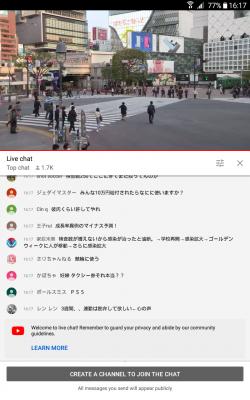


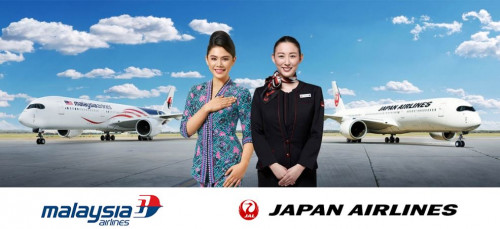

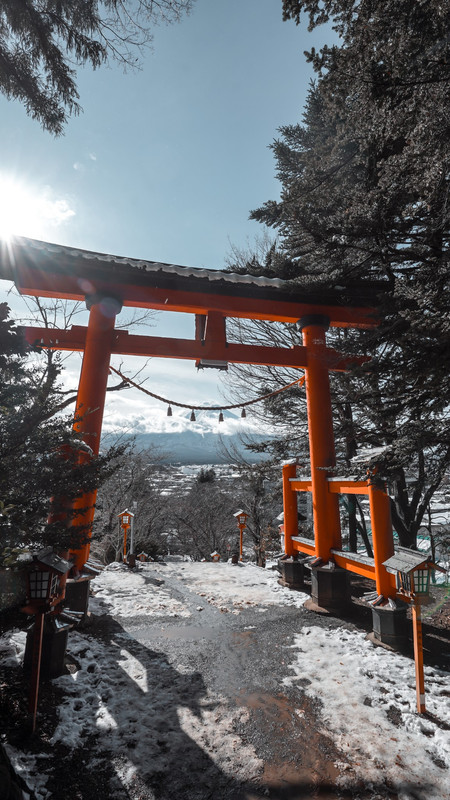

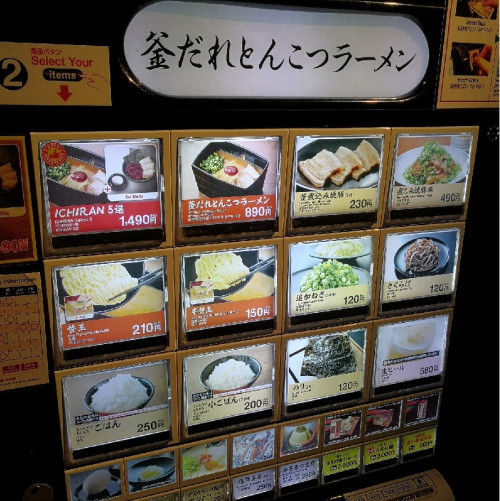
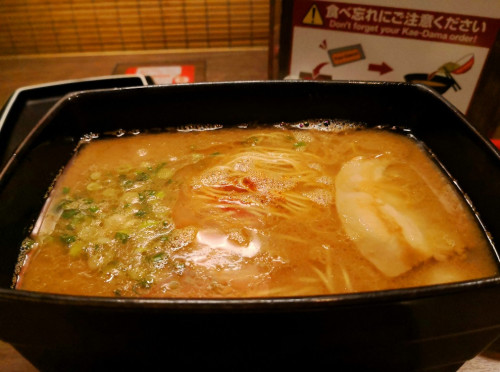
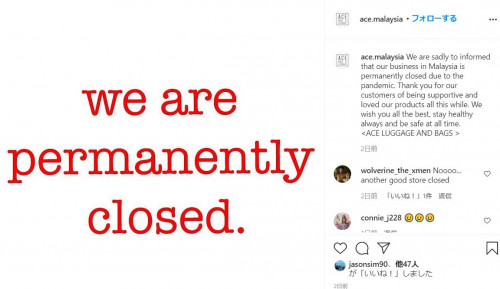




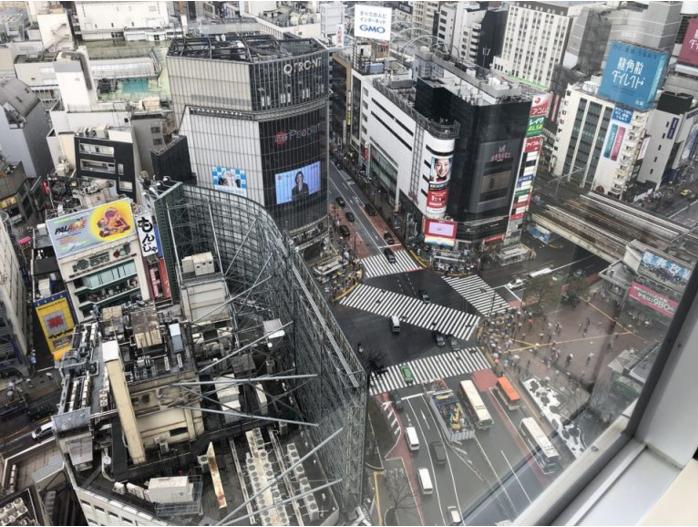
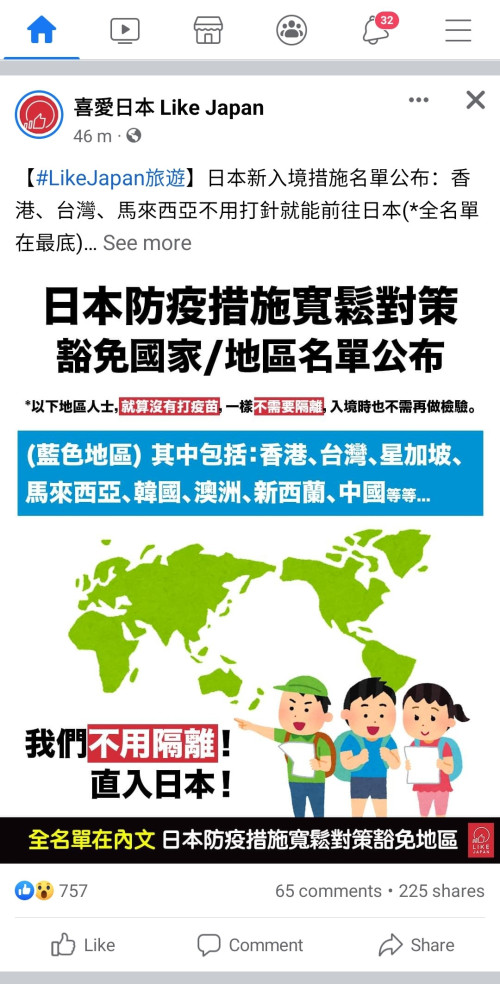
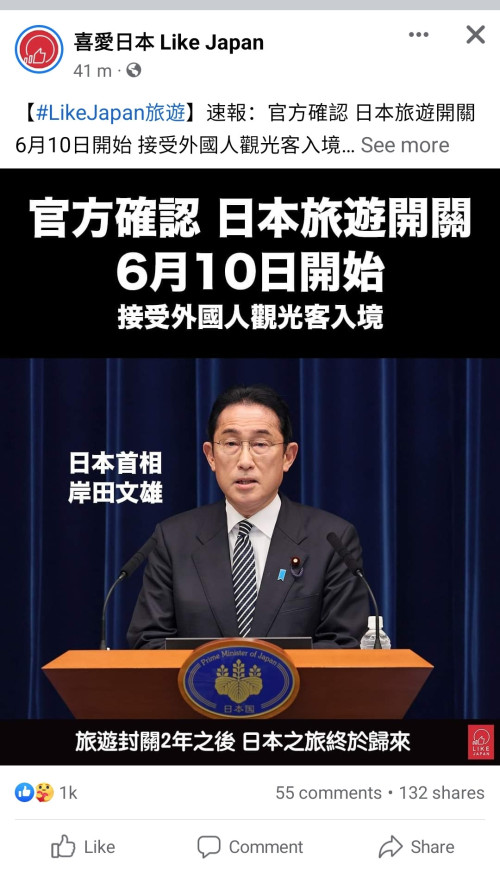


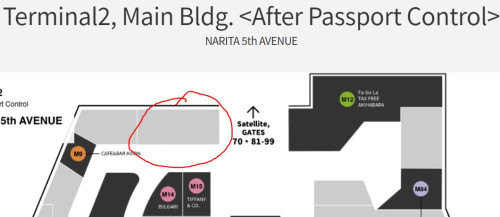
 0.3264sec
0.3264sec
 1.51
1.51
 6 queries
6 queries
 GZIP Disabled
GZIP Disabled